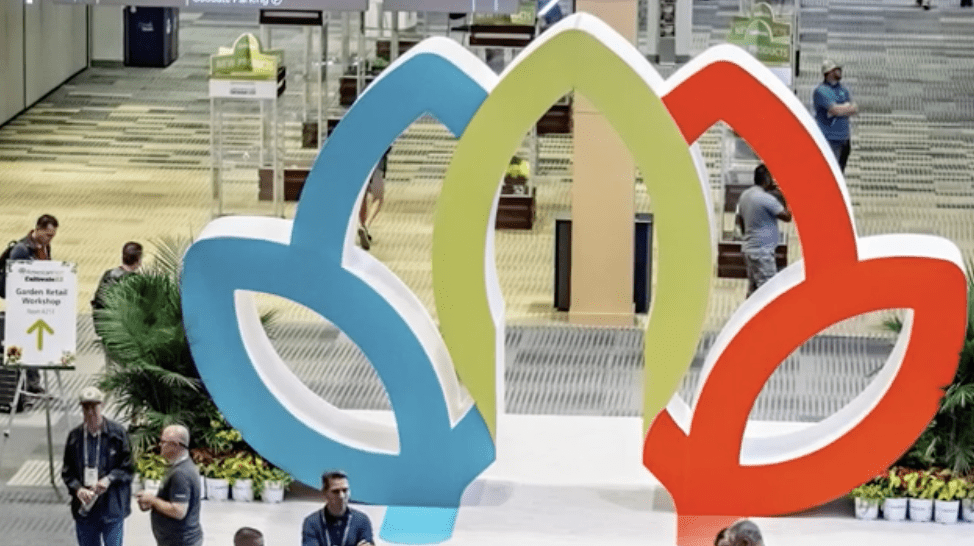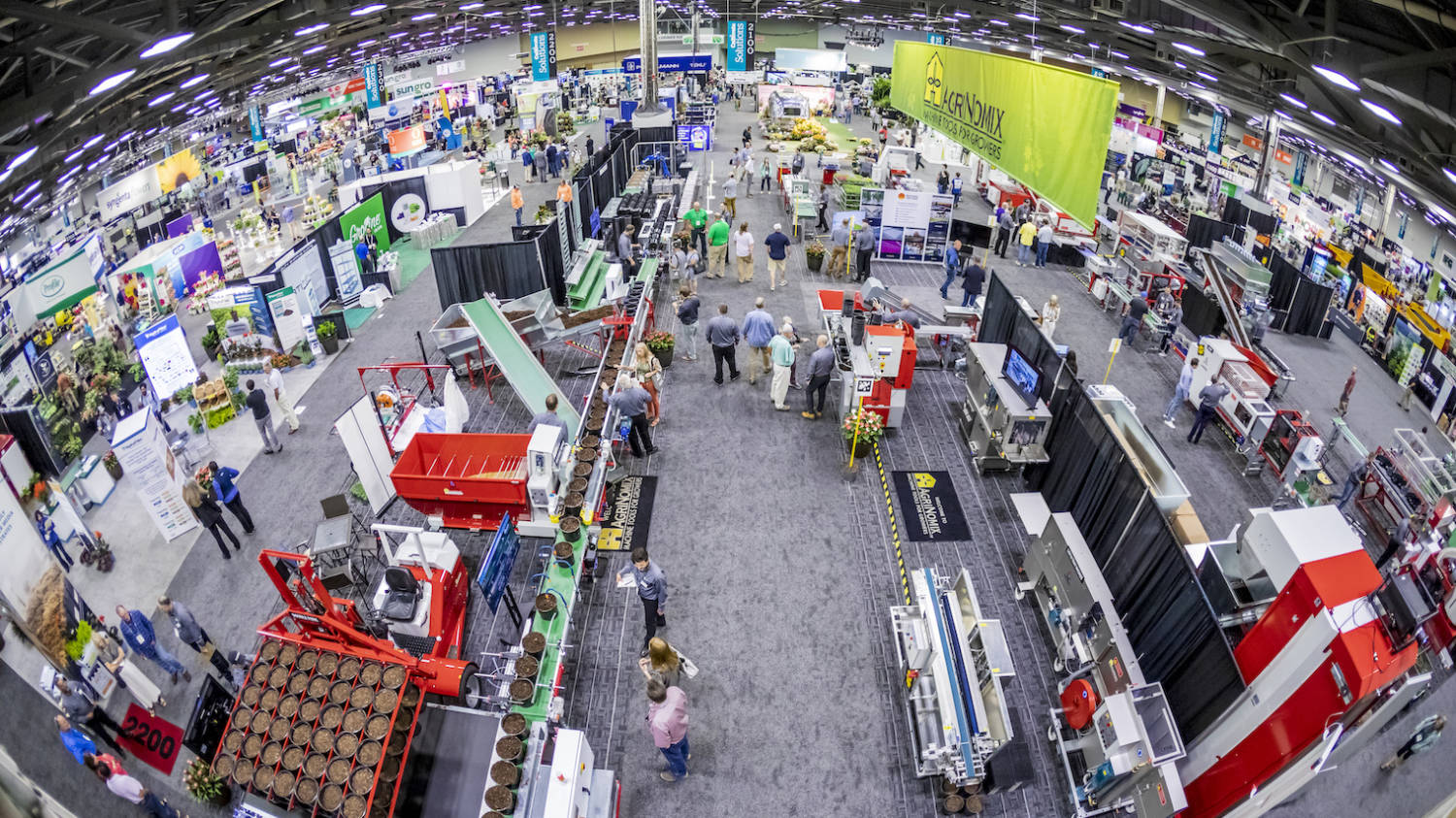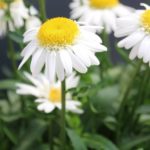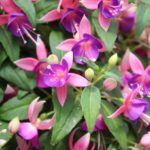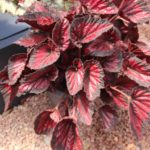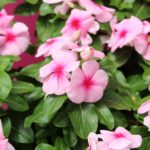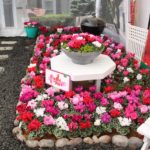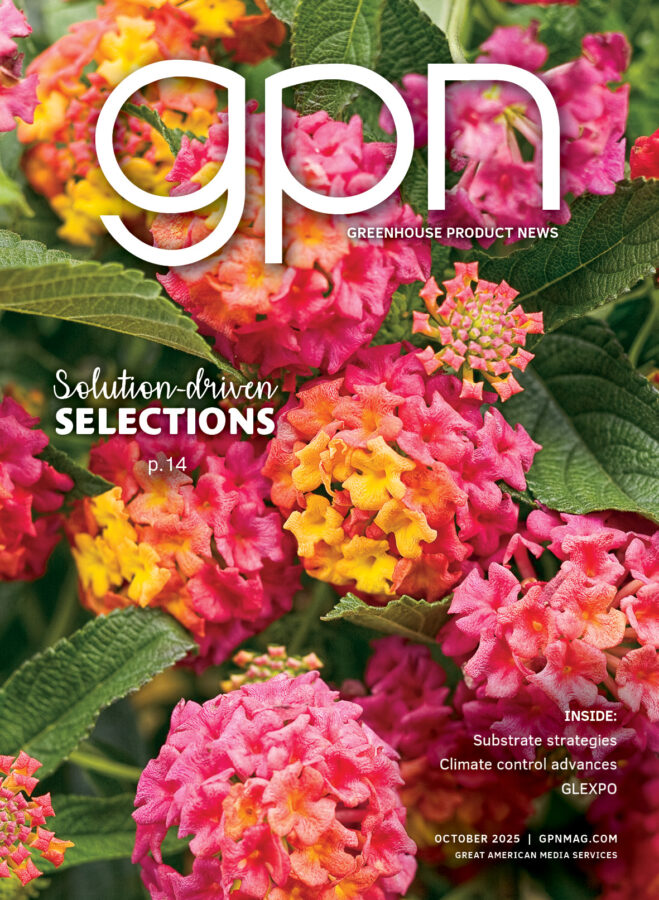
Poinsettia protection
Poinsettia production faces significant challenges, from the intense summer heat to the cool or freezing conditions of winter. These extremes make it a prime environment for pythium, a pathogen often referred to as the “common cold” of the plant kingdom (Figure 1). Pythium primarily attacks plant roots but can also cause cutting rots, stem rots and foliar blight when conditions are favorable (Figures 2a,b).

SYMPTOMS
Early indicators of pythium root rot include wilting, stunting and symptoms of nutrient deficiency. As the infection progresses, root tips become discolored and entire roots appear watersoaked (Figure 2a). At this stage, the root cortex may slough off, leaving a strand of vascular tissue. These lesions eventually turn into a soft, watery rot, and the infected plant may wilt and die rapidly. Infected plants that survive transplanting often remain stunted and fail to produce healthy root systems.
Conditions that favor pythium also encourage other root rots, like rhizoctonia, which requires different fungicides for control. Therefore, while pythium may be the primary suspect, a conclusive diagnosis is necessary to manage root rot effectively.
Figure 2a. As the pythium infection progresses, roots appear watersoaked and tips become discolored.
Figure 2b. Stem rots and foliar blight from pythium happen when conditions are favorable.
MANAGEMENT
Media, watering and fertilization
Pythium thrives in wet conditions that prevent proper root development (Figure 3). In ebb and flow systems, limiting the duration of irrigation can help reduce the risk of root rot. The challenge lies in ensuring that there is enough water for plant uptake while maintaining sufficient air space (25%-50%) in the growing medium to support healthy root growth. Poorly draining media increases pythium damage. Decomposed peat, coir, or rice hulls retain more water, and are particularly conducive to pythium infection compared to lighter, non-decomposed mediums.

Excess water also provides a breeding ground for pests like shore flies and fungus gnats, which can feed on roots, providing an entry for pythium. Fungus gnats and shore flies also act as vectors for pythium — controlling these pests is an important component for successful pythium management.
Additionally, high soluble salts from water quality issues, excessive fertilizer or certain potting mixes can burn root tips, providing easy entry points for pythium. High nitrogen levels in fertilizers can also suppress the plant’s natural defense mechanisms, making it more susceptible to infection. Managing salt levels and maintaining a soil pH around 5.5 promotes plant growth while suppressing pythium.
Sanitation
Sanitation is one of the greatest challenges in managing pythium, and even the cleanest greenhouses can be affected. Pythium spreads easily through contaminated tools, containers or proximity to infected plants or media. All surfaces, including benches, trays, containers and tools that will contact the potting mix should be thoroughly cleaned and disinfected. Always use high-quality, diseasefree cuttings and immediately remove any plants showing signs of infection. The presence of algae is a great indicator of water, fertilizer and sanitation issues and serves as a warning for potential pythium problems (Figure 4).

Chemical controls
Since pythium root rot is difficult to control once it takes hold, prevention is essential. Pythium often enters the greenhouse on infected liners or cuttings, so it’s important to inspect all incoming plants for signs of disease and seek a laboratory diagnosis for any suspicious cases. A proactive fungicide program is vital for controlling the spread of pythium and minimizing losses.
Developing an effective fungicide program is challenging because of the risk of resistance, particularly since some pythium species are highly adaptable. To minimize the risk of fungicide resistance, rotate fungicides with different FRAC codes. Fungicides should be applied preventatively, as once the infection is established, control is much more difficult (Table 1).
Fungicide application
Begin with a Banol (FRAC 28) drench at the rooted cutting or plug stage to protect against early infection. Apply the recommended rate of 2 ounces per 10 gallons, drenched onto the cutting bed at a rate of two gallons per 10 ft² before setting the cuttings. Banol can also be used as a dip for bare root plants before potting. After potting, drench each pot with 3.5 ounces of solution per 4-inch pot. While some growers may be concerned that applying fungicides at this stage might inhibit rooting, there is little evidence to support this concern for most fungicides.
Two to three weeks after pinch, apply either Terrazole L (FRAC 14) at a rate of 4-6 ounces or Terrazole WP at 4-6 ounces. Terrazole efficacy can be affected by pH, so adjusting the acidity of the irrigation or ebb flow water may improve performance. Alternatively, Subdue Maxx (FRAC 4) can be used at 1 ounce per 100 gallons if resistance is not an issue. Two to three weeks later, apply Segway (FRAC 21) at 2-3 ounces per 100 gallons. If disease pressure is high, consider adding Aliette (FRAC P07/33) or another phosphorous acid fungicide (FRAC 33) to the rotation. It’s important to note that Segway should not be used more than twice per cropping cycle.

To improve fungicide distribution and uptake, always follow drenches with additional water — at least half the volume of the fungicide solution — within 24 hours. This improves distribution of the fungicides and ensures better efficacy. By rotating fungicides with different FRAC codes, you can help reduce the risk of resistance developing in your greenhouse operation.
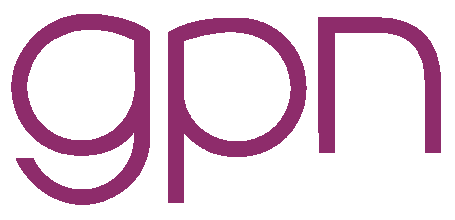


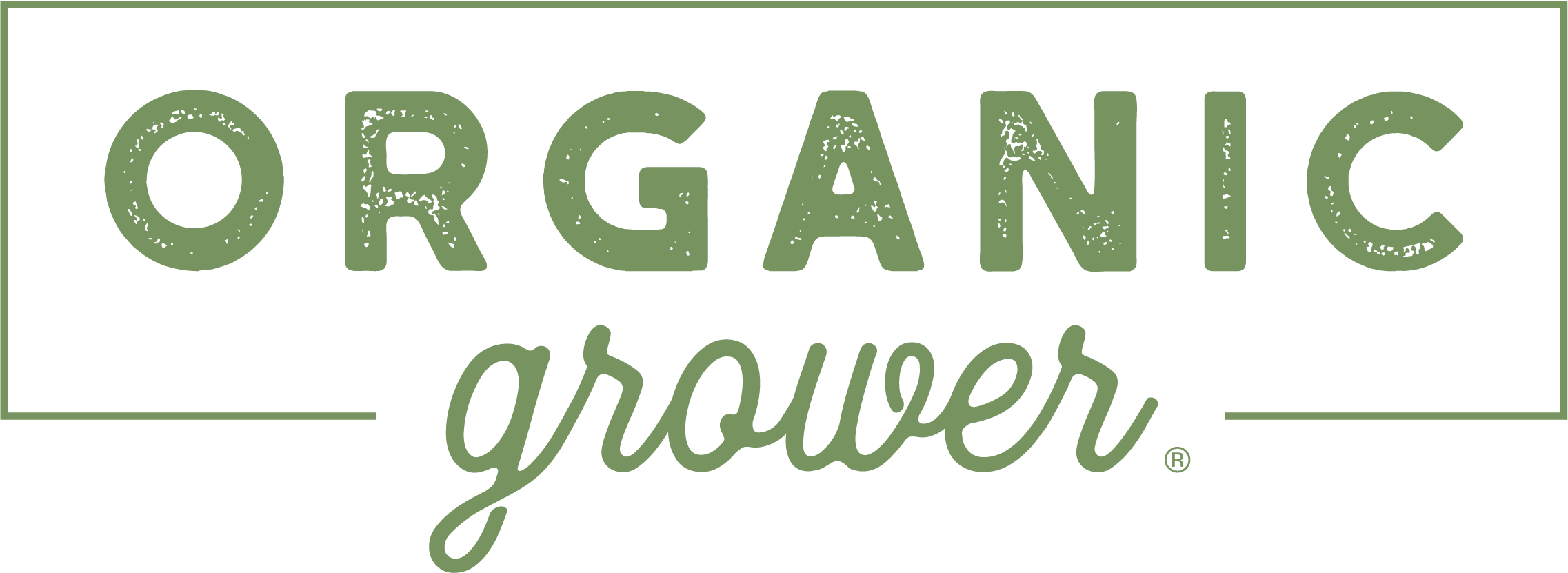






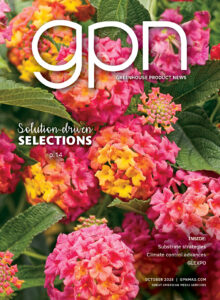
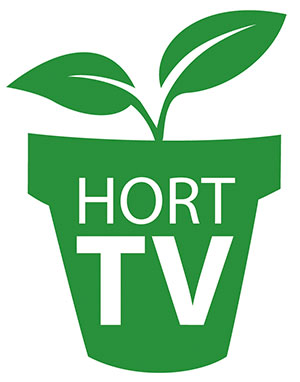 Video Library
Video Library 